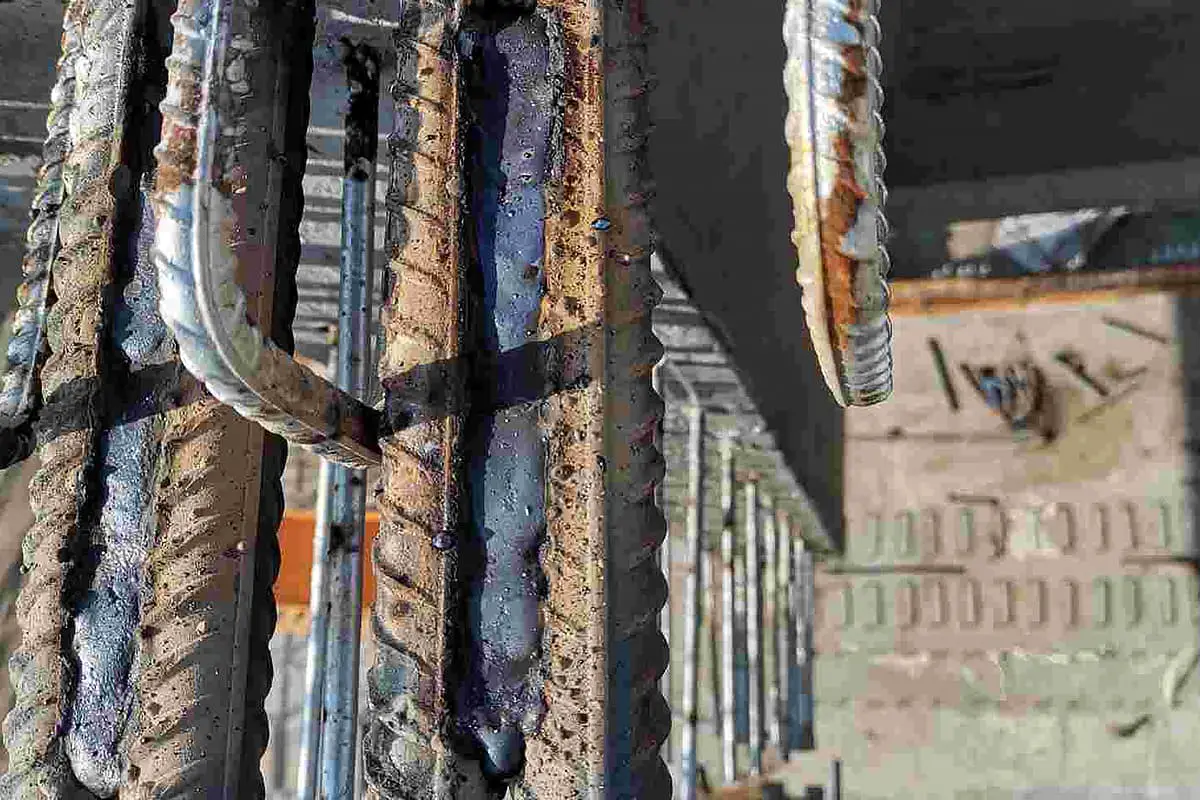Effective Ways to Prevent Weld Undercut in Your Welding Projects
Recognizing the Causes and Solutions for Undercut Welding in Steel Construction Processes
In the world of metal construction procedures, the incident of undercut welding poses a considerable difficulty that requires a thorough understanding of its reasons and sensible remedies. The intricate interplay of various aspects throughout welding procedures can cause this unfavorable sensation, affecting the structural stability and overall high quality of the bonded joints - Preventing weld undercut. By exploring the root causes of undercut welding and exploring effective remedial actions, makers can boost the criterion of their handiwork and make certain the manufacturing of flawless metal parts
Typical Causes of Undercut Welding
Regularly neglected in metal manufacture, undercut welding takes place because of various variables that require precise attention and know-how to be successfully reduced. One common reason of undercut welding is excessive warmth input. When the warm input is too high, it can bring about the melting and succeeding erosion of the base product along the edges of the weld joint, creating a groove or undercut. Furthermore, improper welding strategies, such as using the incorrect welding angle or travel rate, can likewise add to undercut development. Insufficient securing gas protection is an additional essential element that can cause undercutting. Not enough gas coverage stops working to protect the weld pool adequately, causing oxidation and undercut defects. In addition, the option of welding criteria, such as voltage, current, and cable feed rate, plays a significant role in the incident of undercut welding. Understanding these common causes is critical for applying safety nets and guaranteeing top quality welds in metal construction processes.
Effect of Incorrect Welding Parameters
Inaccurate welding parameters can significantly compromise the honesty and top quality of welded joints in metal fabrication procedures. The influence of wrong welding criteria materializes in various ways, bring about architectural weaknesses and defects in the bonded parts. One important element affected by inappropriate welding specifications is the penetration deepness of the weld. Inadequate heat input as a result of reduced welding currents or excessively high traveling speeds can result in poor fusion in between the base metals, leading to insufficient joint penetration and compromised bonds. Conversely, extreme heat input triggered by high welding currents or sluggish travel rates can lead to too much and burn-through reinforcement, developing a fragile and unpredictable weld structure. In addition, incorrect specifications such as incorrect voltage settings or inaccurate electrode angles can contribute to unpredictable weld grain profiles, absence of fusion, and boosted possibilities of defects like undercutting. Thorough focus to welding parameters is vital to make certain the manufacturing of top quality welds with the wanted mechanical residential or commercial properties and structural stability.
Impact of Improper Lantern Angle
Improper lantern angle in welding operations can dramatically influence the top quality and stability of the last weld joints in metal manufacture processes. Damaging is a typical welding defect where a groove develops along the weld toe, weakening the joint and compromising its architectural integrity.
A lantern angle that is as well high can lead to inadequate infiltration, insufficient fusion, and boosted spatter. On the various other hand, a torch angle that is as well superficial can result in extreme infiltration, burn-through, and distortion of the base product. Preventing weld undercut. Proper lantern angle is important for making certain consistent weld high quality, stamina, and look
To prevent undercutting and other issues triggered by incorrect torch angles, welders should be trained to preserve the proper lantern angle throughout the welding procedure. Regular monitoring and modification of torch angles during welding can help accomplish audio welds with marginal problems.
Duty of Inadequate Welding Methods

An additional aspect of inadequate welding techniques is improper weld preparation. Insufficient cleaning of the base metals, inaccurate joint style, or inadequate edge preparation can all add to damage welding. Moreover, inadequate shielding gas coverage or using the use this link wrong sort of gas can cause insufficient blend and the development of undercut issues.
To resolve the duty of poor welding strategies in steel see this here construction processes, it is vital to offer extensive training for welders. Proper education and learning on welding criteria, joint preparation, and shielding gas selection can help protect against undercut welding and make certain high-grade welds in steel fabrication tasks.
Efficient Solutions for Undercut Welding
Dealing with undercut welding in metal manufacture requires implementing reliable solutions to improve weld quality and architectural stability. One of the main services to fight undercut is to readjust welding specifications such as voltage, current, and take a trip speed to ensure appropriate heat input and combination. By fine-tuning these setups, welders can stop excessive melting of the base metal and filler product, decreasing the chance of undercut formation.
Additionally, appropriate joint prep work is vital in avoiding undercut. Making certain clean base metal surface areas free of pollutants and making use of the suitable bevel angle can aid promote far better weld infiltration and decrease the danger of undercut - Preventing weld undercut. Using suitable welding methods, such as weaving or oscillating the lantern, can additionally assist in dispersing warm equally and loading the weld joint properly, lessening the possibility of undercut problems
Moreover, picking the proper welding consumables, including electrodes and filler metals, is necessary in mitigating undercut. Using materials with suitable chemical structures and mechanical residential or commercial properties can contribute to accomplishing sound welds with very little undercut. Routine assessment and quality assurance measures ought to also be executed to discover and deal with undercut problems quickly, making sure the general stability of produced metal components.

Conclusion
Finally, understanding the reasons and remedies for undercut welding in steel construction processes is crucial for attaining high-quality welds. By resolving usual causes such as inaccurate welding specifications, improper lantern angle, and insufficient welding techniques, welders can prevent damaging and guarantee strong, sturdy welds. It is vital see here now to focus on these factors and implement reliable options to improve the total welding process and end product quality.
